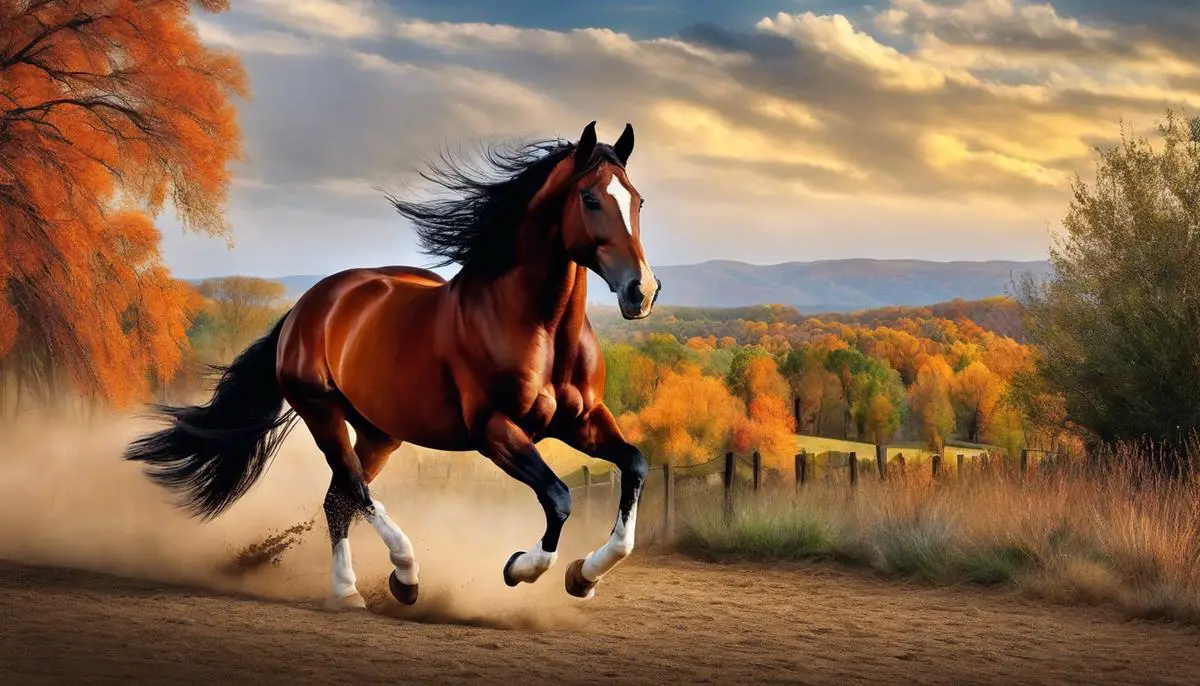In the vibrant world of equestrian sports, the prowess of cold blooded horse breeds remains an awe-inspiring spectacle. These equine marvels, often celebrated for their tranquil temperament, formidable strength, and impressive size, have carved their niche in a variety of competitive arenas. From the powerful Clydesdale to the majestic Belgian Draft and the stalwart Percheron, these breeds boast a rich heritage that not only reflects their historical utility but also underscores their adaptiveness to modern-day equine competitions. This essay seeks to guide enthusiasts and hobbyists through the intricacies of these gentle giants as they prepare for the pageantry and challenge of horse competitions, shedding light on the synergy between inherent characteristics and the honed disciplines that make cold blooded breeds truly exceptional.
Table of Contents (Horspedia)
Understanding Cold Blooded Horse Breeds
Hey there fellow reptile enthusiasts! If you’ve got a soft spot for creatures that are a bit more on the scaly side, you’ve come to the right place. Let’s talk about what makes our cold-blooded friends—like snakes, lizards, and turtles—so remarkable and fascinating.
The term “cold-blooded” might sound a bit chilly, but it really means that these animals can’t regulate their body temperature the same way we do. Instead of having an internal thermostat, they rely on the environment to warm up or cool down. Think of it this way: on a sunny day, they’ll chill out on a warm rock to catch some rays, kind of like us when we’re soaking up the sun at the beach.
One of the coolest things (pun intended) about these cold-blooded critters is their metabolism. Because they don’t use energy to keep warm, they don’t have to eat as often as warm-blooded animals. This means they can survive on fewer meals, which is pretty handy if food is scarce. It’s sort of like how your car gets better gas mileage on the highway—it’s all about energy efficiency.
Have you ever noticed how a gecko can walk up walls and across ceilings? That’s thanks to their awesome adhesive toe pads. They’ve got these special scales that let them stick to surfaces without any sticky goo. Scientists are super interested in this and are studying it to make new kinds of adhesive materials.
Then there are snakes, which can do the incredible job of unhinging their jaws to eat prey much larger than their heads. Imagine if you could do that with a burger! It’s a nifty adaptation that lets them grab a big meal when it comes along.
Don’t forget turtles and tortoises with their built-in armor. Their shells aren’t just their homes; they’re sturdy protection from predators. And, even cooler, the temperature at which their eggs are incubated can determine whether the babies are boys or girls. Now that’s what you call temperature control!
It’s super important to remember that these animals need the right habitat to stay healthy. If a reptile isn’t kept at the right temperature, it could get sick, just like how you might catch a cold if you don’t bundle up in the winter.
So next time you’re checking out a cold-blooded friend, take a moment to appreciate the unique and extraordinary adaptations they’ve developed. These incredible traits not only help them survive in the wild but also make them endlessly interesting to those of us lucky enough to care for them. Keep exploring and learning about these amazing creatures, and you’ll discover even more reasons to be fascinated by our cold-blooded companions!
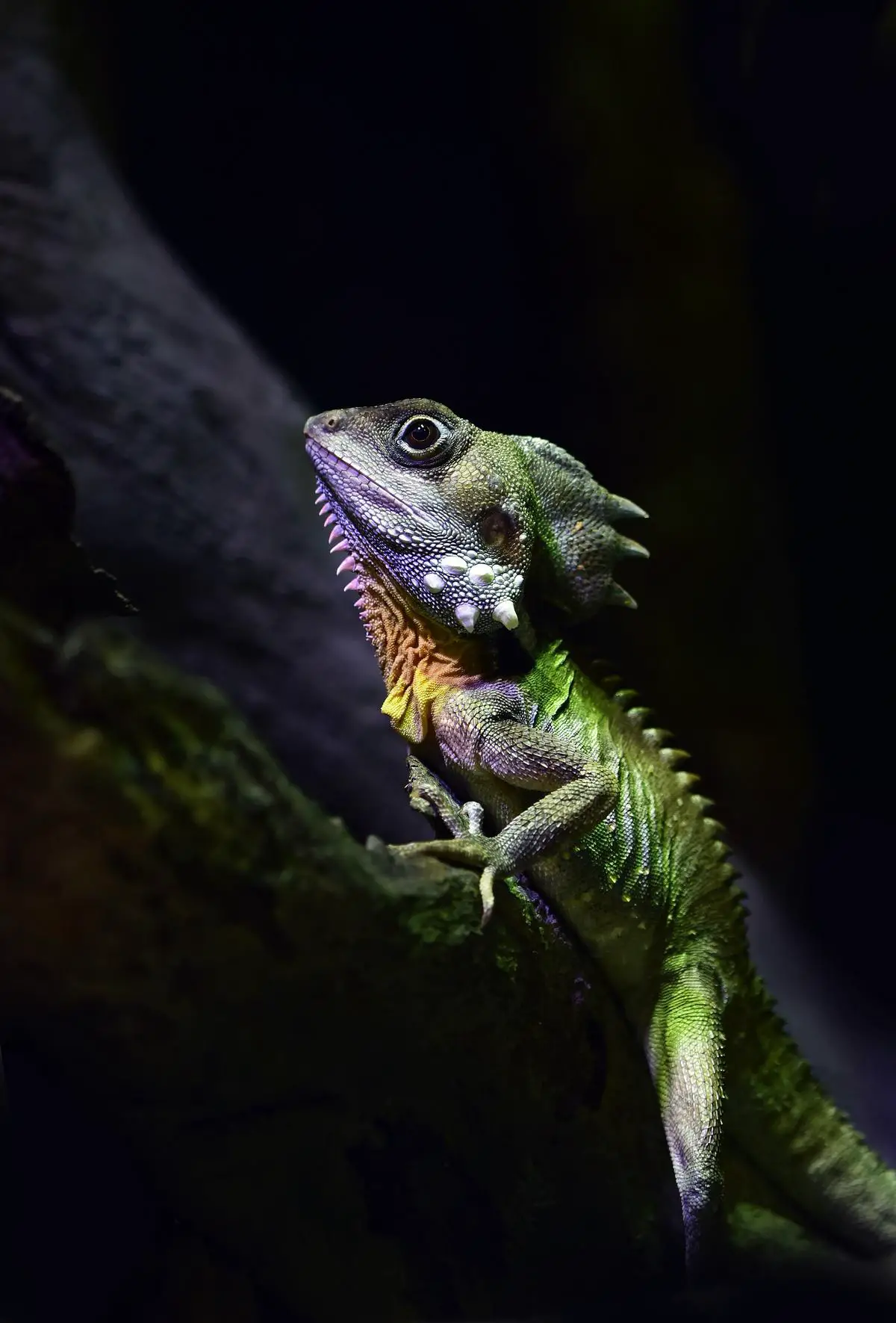
Photo by davidclode on Unsplash
Types of Competitions Suited for Cold Blooded Horses
The Fascinating World of Herptile Competitions
Ever wanted to see cold-blooded creatures show off their skills? Sure, they aren’t your typical athletes with fur and four legs, but reptiles and amphibians, collectively known as herptiles, have competitions that are just as exciting. You might be thinking—what can these cold-blooded creatures possibly compete in? Prepare to be amazed!
One place where these creatures really dazzle is in herpetology exhibitions. These aren’t races or feats of strength contests like you’d see at a dog show, but rather a display of biodiversity and health. Judges look for signs of exemplary care—skin shine, body condition, and behaviors indicating well-being.
Then there’s the realm of photography competitions. Through the lens, amateur and professional photographers capture the essence of these cold-blooded animals in their natural—or sometimes domestic—habitats. The most impressive shots showcase either the natural majesty of these creatures or incredible close-ups that highlight those adaptations we’ve been talking about.
But wait, there’s more! Feeding competitions at expos lure in crowds, showcasing the incredible hunting and feeding strategies of snakes and lizards. Watching a snake expertly consume prey or a lizard nab insects in a blink is both educational and oddly mesmerizing. Of course, these events are always done with the utmost respect for the animals and their dietary needs.
For the problem solvers out there, maze and obstacle competitions might be your calling. It’s a chance to witness the intelligence and adaptability of these often underestimated creatures. Observing a bearded dragon navigate a complex route for a treat is not only cute but speaks volumes about their learning capabilities.
Lastly, breeders can step into the spotlight at genetic beauty competitions. Here, selective breeding comes into play, resulting in vibrant colors and unique patterns. Spectators admire the results of responsible breeding practices—diversity and health taking front and center.
Before the curtains close on the world of herptile competitions, remember these events aren’t solely for display or entertainment. They educate and allow owners, experts, and enthusiasts to engage in conservation conversations and spread appreciation for these creatures’ unique qualities. And while they may be cold-blooded, the dedication to their care and the community’s enthusiasm is anything but.

Training and Preparation
Unlocking the Secrets of Cold-blooded Champions in Competitive Arenas
When it comes to competitions involving our favorite ectothermic creatures, the approach is as specialized as their unique biology. From herpetology exhibitions to the thrills of reptilian mazes, enthusiasts need the scoop on how to ensure these animals are at their best when showcasing their abilities or beauty.
Competitors must note the stark difference between cold-blooded and warm-blooded training. For instance, just as performance athletes must warm up, these creatures require an optimal temperature to be active and responsive. A well-warmed cold-blooded competitor is more alert and engaged, making a significant impact in events like maze navigation or herpetology showcase.
In herpetology exhibitions, presenting the reptile’s natural behaviors is key. Handlers should acquaint their scaly friends with handling and transportation to reduce stress during the event. Practice display sessions simulate the environment so that the animals can put forward their best scales under the spotlight. This breeds familiarity, reducing skittishness, and showcasing their grace.
Photography contest entrants, quite the fan-favorite, require familiarity with flash and shutter sounds. For this, gradual acclimation helps. The quiet, composed demeanor necessary for that perfect shot is achieved through repetition and patience, ensuring these cold-blooded models know how to strike a pose when it counts.
Feeding competitions, more than mere eating races, display precision and agility. Preceding such contests, it’s crucial to maintain a consistent feeding schedule. Training for these events involves timing their feeding to align with competition schedules, making sure these animals are hungry enough to be interested but not so much that they become aggressive or stressed.
For maze and obstacle competitions, it’s about mental and physical agility. Creating a mock course mimicking the competition’s layout works wonders for our reptilian friends, giving them the edge as they learn to navigate twists and turns through practice and positive reinforcement.
Then there are genetic beauty competitions—think pageants for scale and shell! Here, the focus shifts to grooming and maintenance, ensuring clear, healthy skin or shells. Diet is paramount, as it enhances coloration and overall health, which judges often favor.
Lastly, when it comes to education and conservation conversations, well-versed handlers can share knowledge effectively when their animals are at ease, resulting in a more impactful message—a critical aspect of nurturing stewardship within our communities.
Training cold-blooded animals for competition is a delicate blend of art and science. It’s not just about the ribbons or the recognition; it’s fostering a deeper understanding and appreciation of these remarkable beings. Those dedicated enough to embrace this unique hobby find themselves guardians of a world misunderstood by many, shedding light on the extraordinary lives of cold-blooded animals—scaled, shelled, and spectacular.
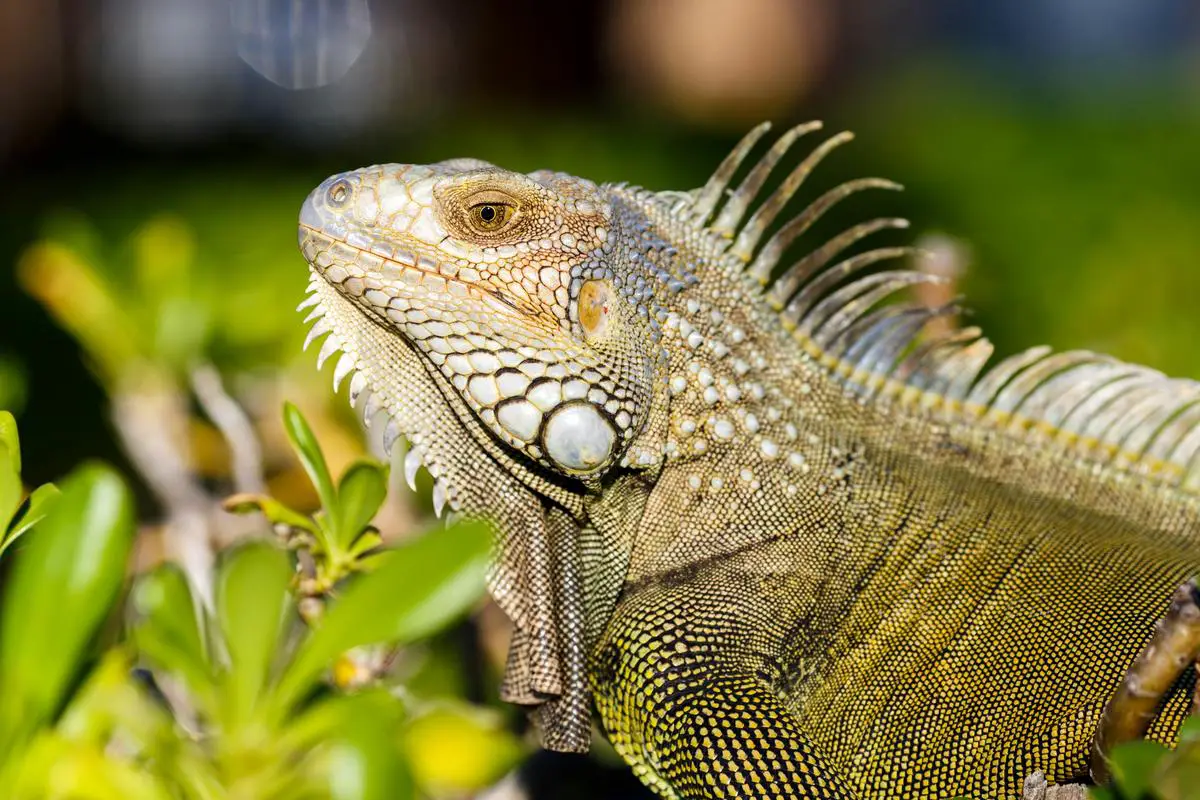
Photo by alexis_antonio on Unsplash
Caring for Competition Horses
Caring for Champion Reptiles: Advanced Tips for Top Performance
So, you’re into the world of cold-blooded creatures and their thrilling competitions! Care for these scaly competitors goes way beyond providing a warm rock and a bowl of crickets. As an enthusiast, you’ve witnessed the meticulous care and dedication needed to elevate your reptilian pals to championship status, and you’ve come to the right place for the next level of care tips.
First things first, nutrition is key. While you’re already up to speed on the basics, it’s important to understand the nutritional density and variety necessary for peak condition. For instance, a diverse diet including supplements can really give your reptilian athletes the edge. Calcium and vitamin D3 are essential, but remember, every species has its own specific needs, so research and consult with a vet knowledgeable in reptilian care.
Let’s talk about habitat enhancements. Competition reptiles thrive in environments that mimic their natural habitats as closely as possible. Are you ensuring the right balance of light, heat, and humidity? Advanced keepers know that the quality of artificial lighting can influence their reptile’s scale condition and overall well-being. It’s not just about having a UVB lamp; it’s about positioning, duration, and quality of light for simulated sunlight.
Hydration stations are another pro tip. A simple water dish doesn’t always suffice, especially for species used to high humidity or access to moving water. Consider misting systems, drippers, or even creating a mini waterfall for a more naturalistic approach. This not only helps with hydration but can encourage natural behavior that’s sure to impress judges at the next demonstration.
Training for competitive events is a practice that requires patience and understanding of reptile behavior. For example, conditioning your snake to gracefully navigate a complex obstacle may involve gentle and repetitive guidance. Always respect the animal’s limits and never push too far – stress is never worth an award.
Regular health checks are another best practice that can’t be overstressed. Every championship-caliber herp needs a clean bill of health. Routine vet visits should be a part of your calendar, and at home, become familiar with your reptiles’ individual quirks and habits to quickly notice any changes that might indicate health issues.
Last but not least, socialization can’t be overlooked. Even the most solitary species require some level of interaction, especially if they’re frequently at events surrounded by humans and other animals. Gradually getting your reptile accustomed to handling and new environments can lead to a more well-adjusted and less stressed competitor.
By incorporating these advanced practices into your caregiving routine, your reptilian friends won’t just survive – they’ll thrive. And remember, while rigorous care can lead to ribbons and trophies, fostering a genuine understanding and appreciation for these fascinating creatures is the true prize in the world of cold-blooded competitions. Keep learning, keep caring, and maybe I’ll see you at the winner’s circle!
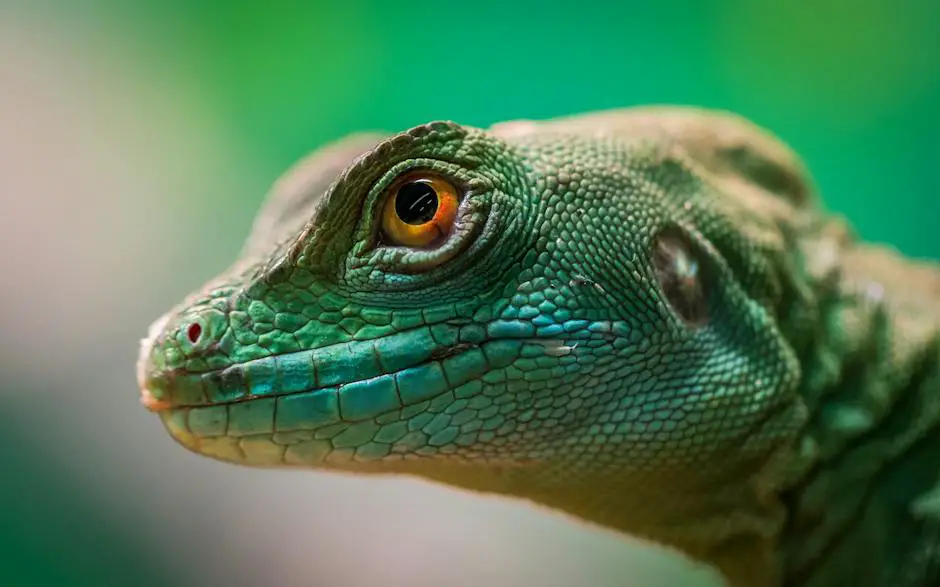
Getting Started in the Competition Scene
Picking the Perfect Pal: Selecting a Competitive Cold-Blooded Companion
When it comes to dipping your toes—or perhaps, scales—into the world of competitive herpetology, selecting the right cold-blooded companion is crucial. Just like picking a teammate for a relay race, you want a partner that brings strength and charisma to the arena. Whether it’s a snake with sleek scales or a tortoise with timeless allure, the personality and physical attributes of reptiles can significantly influence success in competitions.
Decoding the Dietary Puzzle
A champion reptile thrives on a diet that’s as varied as it is nutritious. Knowing what foods bring out the best in your scaly sidekick is key to maintaining their health and ensuring they’re competition-ready. For insect-loving species, understand which creepy crawlies provide the most protein and which supplements might be needed to round out their diet. For those reptiles dishing out a bigger appetite, identifying high-quality sources of meat, vegetation, or commercial diets is paramount for peak performance.
Habitat Hacks: From Aquariums to Terrariums
Crafting a habitat that’s a slice of natural paradise not only keeps our reptilian friends happy but also prepares them for the spectacle of events. Make your habitat setup as authentic as possible—after all, a reptile in tune with its environment is a reptile at the top of its game. This means creating landscapes with live plants, rocks, and hideaways that mirror their wild homes. It’s amazing what a well-designed abode can do for the confidence of a cold-blooded competitor.
Let There Be Light… But Just the Right Amount
Lighting is more than just a way to make your reptilian companion’s colors pop—it’s a fundamental aspect of their health. Optimal lighting setups simulate natural light cycles and provide the right amount of UV radiation for vitamin D synthesis. UVB lights are a ticket to a healthy, vibrant reptile ready to bask in the glow of the judges’ attention.
The Mists of Time: Hydration with Style
Keeping cold-blooded competitors hydrated is no less important than a training regimen. Mist systems and waterfalls aren’t just decorative; they’re essential for simulating natural water access and maintaining humidity levels. Plus, they add that extra touch of flair—giving habitats a wow factor that is sure to impress both your reptile and competition onlookers.
Respecting The Slow and Steady Pace of Training
When it comes to preparation for mazes, obstacles, or handling, patience is truly a virtue. Cold-blooded critters need time to learn and shouldn’t be rushed. Developing trust between handler and reptile through gentle, consistent interactions build a winning team. Remember, the slow and steady often win the race!
Routine Health Checks: Beyond a Simple Sneeze
Healthcare for reptiles can be subtle. There are no sniffles or sneezes to alert you to their discomfort. That’s why routine vet checks and preventive care are the bedrock of any competitor’s success. It’s essential to keep an eye out for the slightest changes in behavior or appearance, as these can be the first signs of health issues.
Solo but Social: Understanding Reptilian Interactions
While reptiles might seem the loaner type, understanding their social cues and how they interact with humans and other reptiles can make a big difference. While many are solitary by nature, controlled exposure to others can build confidence and poise—essentials for a poised presence in competitions.
Building a relationship with a cold-blooded companion is a journey filled with discovery and challenges. As a reptile rises through the ranks of competition, the bond they share with their handler shines through. It’s not just about the ribbons and trophies; it’s about unveiling the splendor of these incredible creatures to an audience that may be seeing them in a new light. The unity of science and empathy, coupled with an enthusiasm for showcasing the majesty of reptilian life, creates an experience that transcends the competition floor, stirring a harmonious dialogue between humans and the often-misunderstood cold-blooded members of our planet.
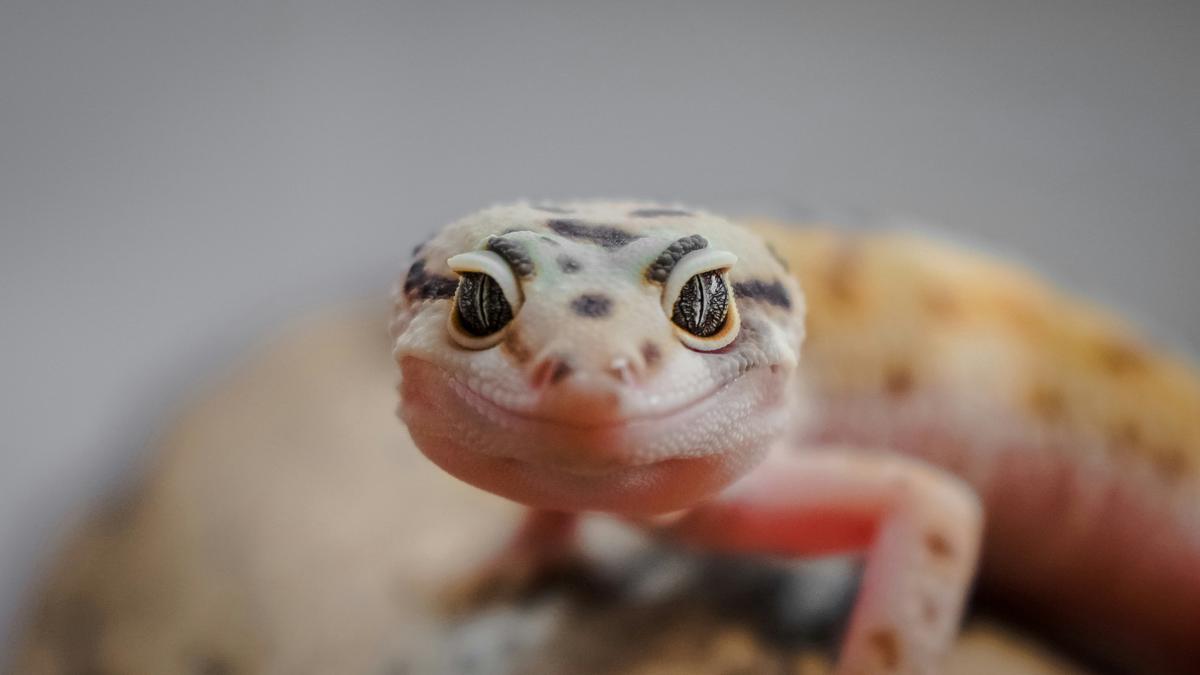
Photo by bang_gecko on Unsplash
Embracing the competitive spirit of cold blooded horse breeds brings with it an enriching journey that extends beyond ribbons and accolades. As we have journeyed through understanding their distinct attributes, the specialized competitions that celebrate their strengths, the meticulous training and preparation required, and the essential care that ensures their well-being, we recognize that these noble creatures offer us a unique equine partnership. Whether you’re stepping into the show ring for the first time or looking to deepen your engagement with these impressive breeds, the path ahead promises to be one filled with growth, learning, and the unforgettable thrill of competition—shared between horse and handler. The splendor of cold blooded horses in competition is not merely a showcase of their might but a testament to the enduring bond and spirited collaboration between human and horse.
